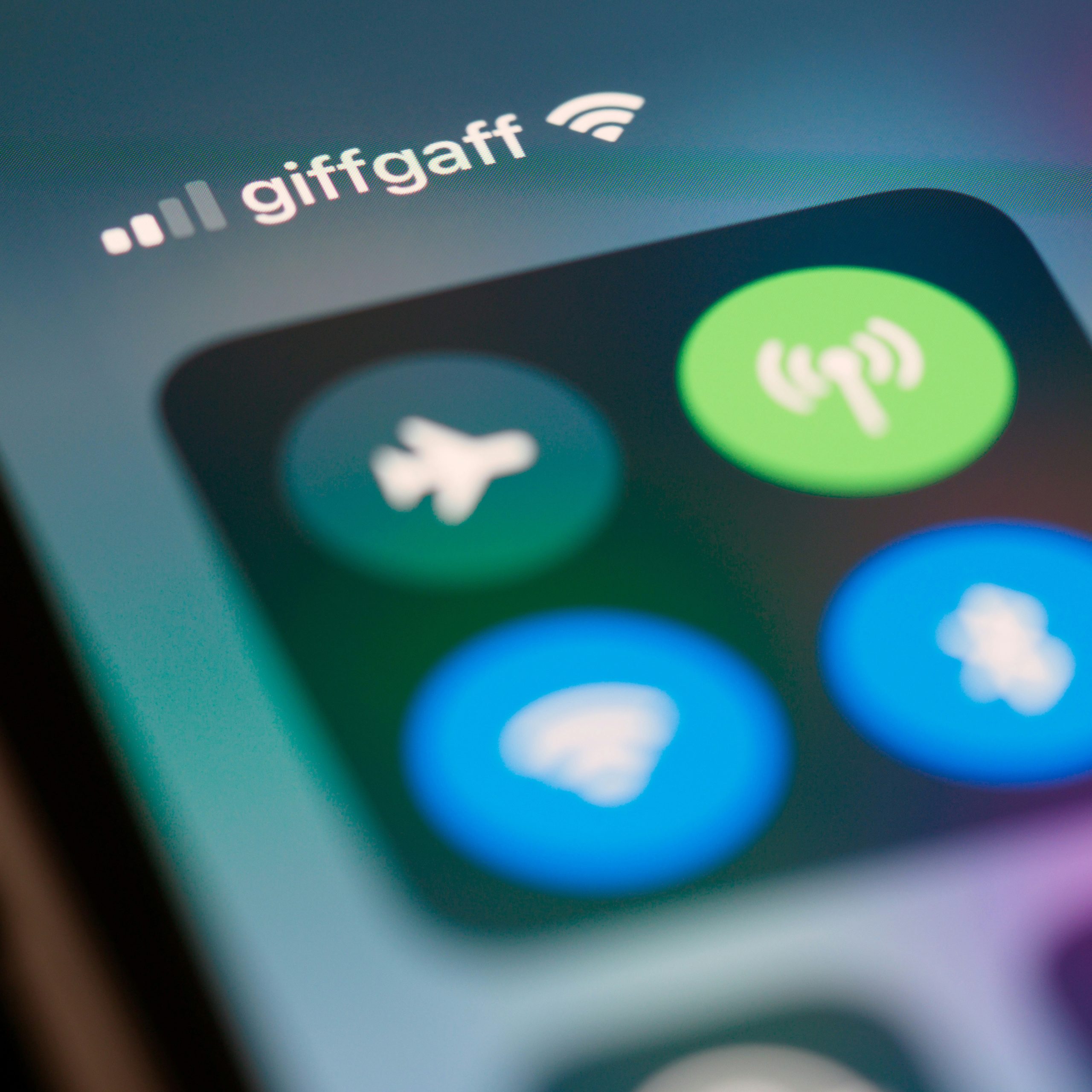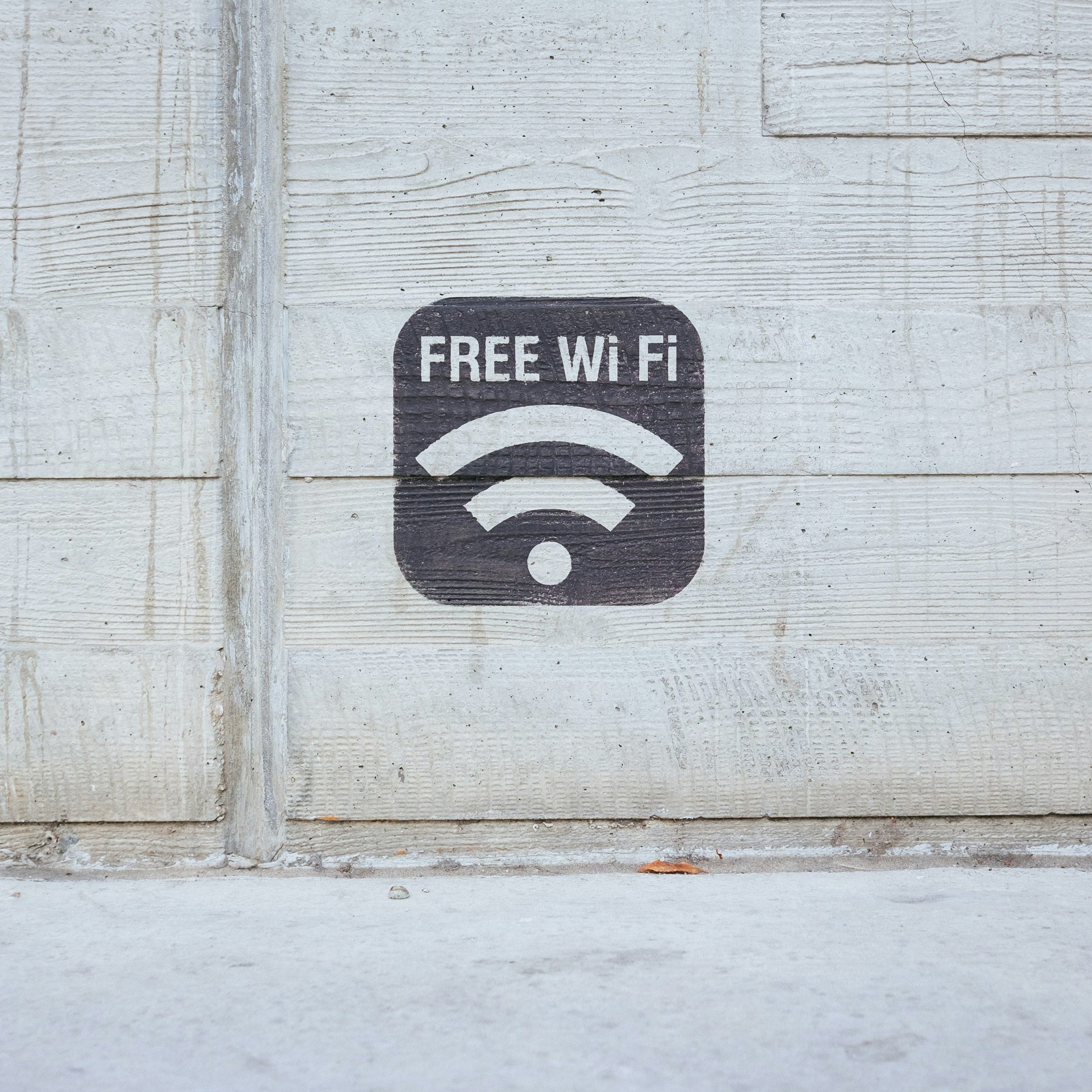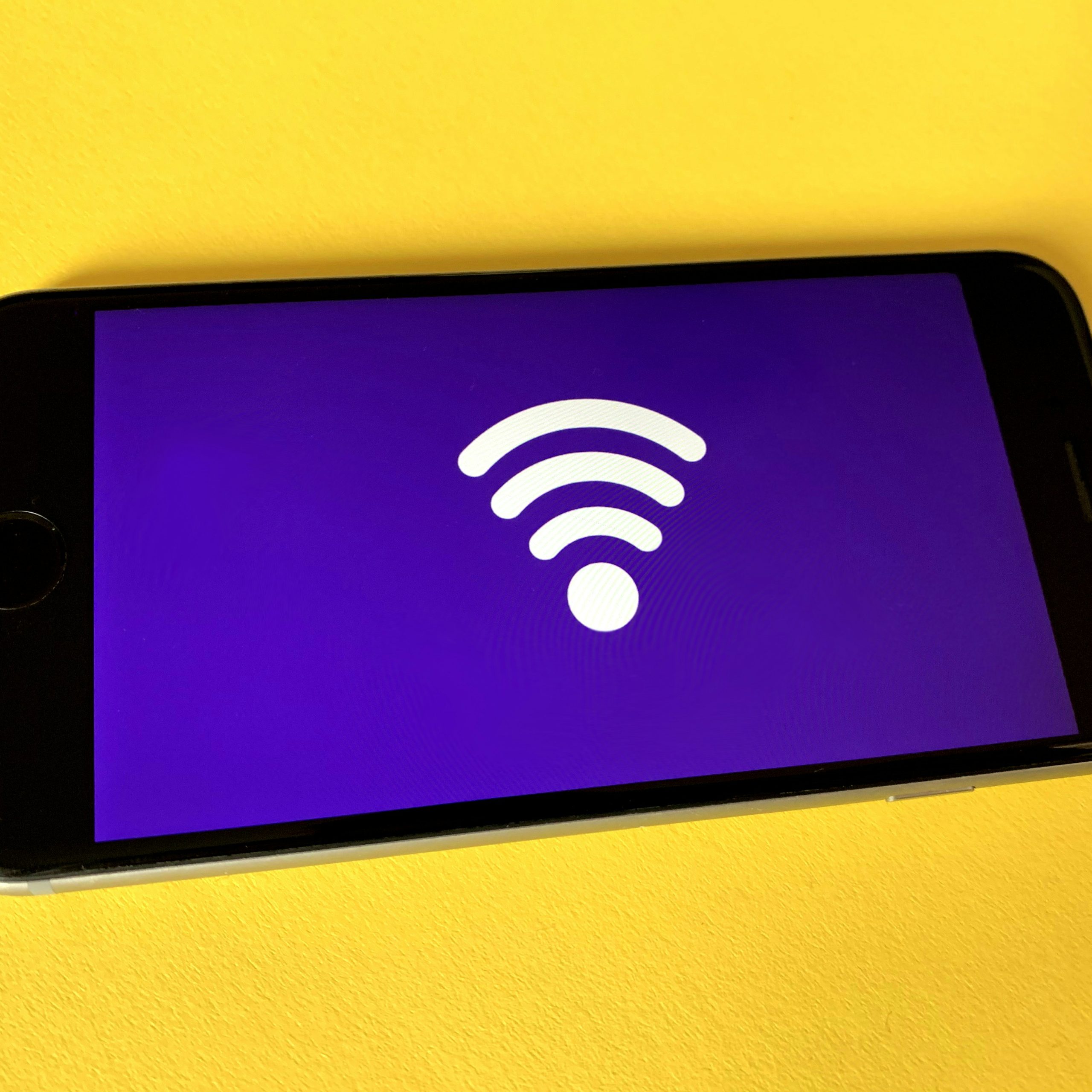How Festivals Operate on Data, WiFi, and Digital Infrastructure
How Festivals Operate on Data, WiFi, and Digital Infrastructure
A sea of festivalgoers in the sun dance to the beat of a live band’s bass rhythm. Food trucks hum with orders, vendors take cards, cameras broadcast live on the air, and social media influencers update their feeds that rack up millions of views within minutes. Above all the color and chaos, an unseen tide flows through it all — the wireless infrastructure driving the whole thing.

Photo by Brett Jordan on Unsplash
If the music stops, someone will notice. But if the WiFi stops? The whole operation grinds to a halt.
Festivals have evolved from analog affairs to data-intensive spaces. Whether it’s a multi-day music fest in Texas, a culinary weekend in California, or an indie film festival in New York, reliable festival WiFi has become as basic as electricity, water, or security.
The Digital Lifeline Behind the Scenes
For the most part, attendees see WiFi as an amenity — a way to tweet a photo or find a food vendor on the map of the event. But backstage, networks are the nervous system for all modern festivals. They handle ticket authentication, point-of-sale transactions, employee management, media streaming, artist management, and increasingly — safety operations.
According to the 2024 State of Event Technology Report from EventMB, over 82% of event planners reported that attendee satisfaction and vendor performance are directly affected by WiFi reliability. Another 68% reported that network issues were one of the biggest operational risks for large outdoor events.
“It’s not about giving folks access to the Wifi or internet,” explains Matt Cicek, WiFit.net CEO, a leading festival WiFi & internet services solution company. “It’s about keeping the entire ecosystem of connectedness intact — from the ticket scanners to security feeds to credit card terminals. One spotty signal in the wrong spot can affect hundreds of moving parts.”
Why Venue WiFi Often Fails Festivals
Most festival sites — fair sites, outdoor parks, temporary stages, or waterfront areas — weren’t built with digital infrastructure. Even where there is “public WiFi,” it’s typically shared by thousands of individuals, unmonitored, and congested by mobile use once the audience is present.
Cisco’s Annual Internet Report found that average data use per smartphone during live events can increase 4–6 times over normal levels. For big music festivals, bandwidth demand in total can be 2–5 terabytes a day in the form of uploads, livestreaming, and social sharing.
Counting on venue Wi-Fi or cellular hotspots is thus never an option. The physics simply don’t work: when 20,000 are all uploading their videos at the same moment, consumer-grade networks buckle under the load.

Photo by Paul Hanaoka on Unsplash
Instead of that, temporary WiFi for festivals — specially designed systems on bonded 4G/5G, satellite, or fiber-backed networks — is now the standard.
The Revolution of Portable and Temporary Festival WiFi
Temporary WiFi installs may look complicated, but they’re actually designed with flexibility and rapid installation in mind. Portable kits, high-density mesh networks, and bonded multi-carrier modems can turn even the most remote park into a comprehensively networked digital environment.
For vendors and sponsors, on-the-go festival WiFi translates to seamless transactions and uninterrupted card processing. For AV personnel, it translates to stable uplinks for live streams. For event producers, it translates to real-time analytics, from heat maps of attendance to security camera feeds.
As the festival industry continues to expand — over 32,000 large events, as tracked by IBISWorld, now occur throughout the U.S. annually — temporary WiFi infrastructure has joined the logistics to-do list.
Compared to office parks or stadium complexes, festival grounds are the wild card. One week, it’s a dirt lot behind a barbecue festival; the next, a 25,000-attendee EDM festival. Every terrain, crowd density, and layout demands a custom plan.
Seasoned festival network engineers attack it like a field campaign:
Site surveys identify signal-blocking objects and people flow patterns.
RF mapping is used to place access points to contend with high-density clumps of devices.
Carrier diversity ensures redundancy — if one cell carrier drops speed, another picks up the slack.
Bonded connections link together different networks (4G, 5G, satellite, or fiber) into a single stream.
Failover systems ensure ticketing and POS function even in case of a main network failure.
WiFit’s crews, for example, have been deploying such hybrid systems since 2015 to support hundreds of festivals — from small neighborhood fairs to multi-stage national tours. Their engineers have seen it all over the years: summer heatwaves, desert dust, and surprise rainstorms that can burn unshielded equipment. The key, Cicek says, is resilience.
“You plan like it’s a military mission,” he explains. “You assume the crowd will double, the weather will change, and a headliner will go viral halfway through their set. If your network can handle that, you’ve done your job.”
How Connectivity Shapes the Modern Festival Economy
Reliable festival internet isn’t just convenient — it’s profit and brand loyalty. Concession food stands, ticketing systems, and merchandise booths are dependent on instant connectivity. The instant a card reader fails, it’s not just one lost sale; it’s a ripple that resonates throughout the whole vendor experience.

Data also powers sponsorship value. With branded WiFi splash screens, analytics, and social login ability, sponsors and advertisers can offer quantifiable ROI to organizers. According to Event Marketer, events that have digital touchpoints like WiFi analytics and branded networks see a 23% boost in year-over-year sponsor retention.
At the participant level, the demand has shifted from wishful to mandatory. According to a survey by Statista, 74% of festival participants now anticipate low-cost or complimentary WiFi at large events, even outdoors. For future generations, being connected is part of the experience — enabling live content creation, way-finding, and engagement via event apps or competitions.
Satellite, Bonded, and Beyond: The Technology That Keeps It Running
As demand increases, so does the technology that underpins it. Networks at events now use a mix of fiber backhaul, cell bonding, WAN smoothing, and low-orbit satellite options like Starlink to guarantee uptime even in remote areas.
Satellite internet is proving particularly useful for off-grid or remote events. Combined with 5G and 4G bonding, it can deliver performance at high-speed levels comparable to that of traditional broadband — but with inherent mobility and redundancy.
Engineers monitor such networks from rolling command centers, tracking usage surges in real time. When a single carrier’s network is overwhelmed, the system transfers the data automatically through another carrier. It is the kind of behind-the-scenes orchestration that attendees never see — but without it, the digital rhythm would disintegrate.
The Future: Smart Festivals and Real-Time Data
The upcoming festivals are already experimenting with “smart site” concepts — where WiFi networks are connected to IoT devices, digital signage, energy consumption, and even crowd safety gear. Gartner anticipates that over 45% of major live events will use sensor-connected WiFi data to manage crowd density, traffic flow optimization, and reducing the environmental impact by 2026.
For event organizers, that means Wi-Fi isn’t a luxury — it’s infrastructure. The same data that fuels mobile check-in can support sustainability, prevent waste of energy, and enhance safety coordination.
An Invisible, Essential Symphony
Walk through a festival and you’ll never even see the routers behind the food stalls or the antennas disguised as light poles. But these days, connectivity is as essential to the festival as music is to the sound.
As Cicek explains:
“When it’s done right, no one notices the WiFi. And that’s the point — it just works. It’s invisible, but it keeps everything moving.”
The next time you press on your wristband to buy something or watch a drone stream overhead of the main stage, remember: behind the noise and light, there are thousands of unseen links making the experience happen — link by link.

